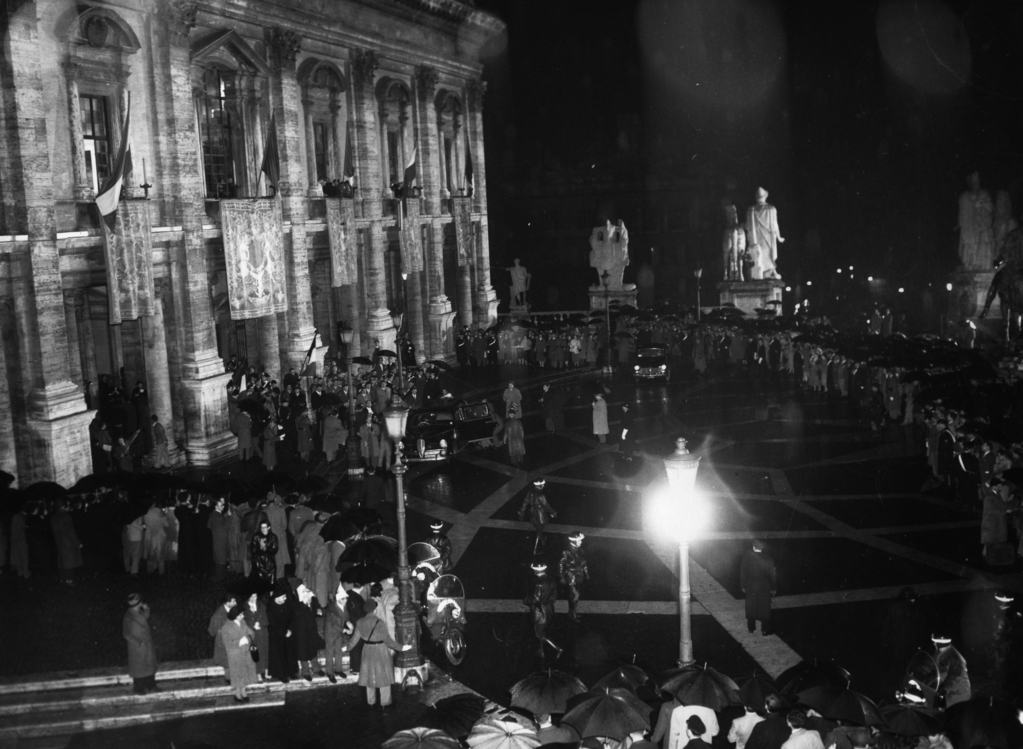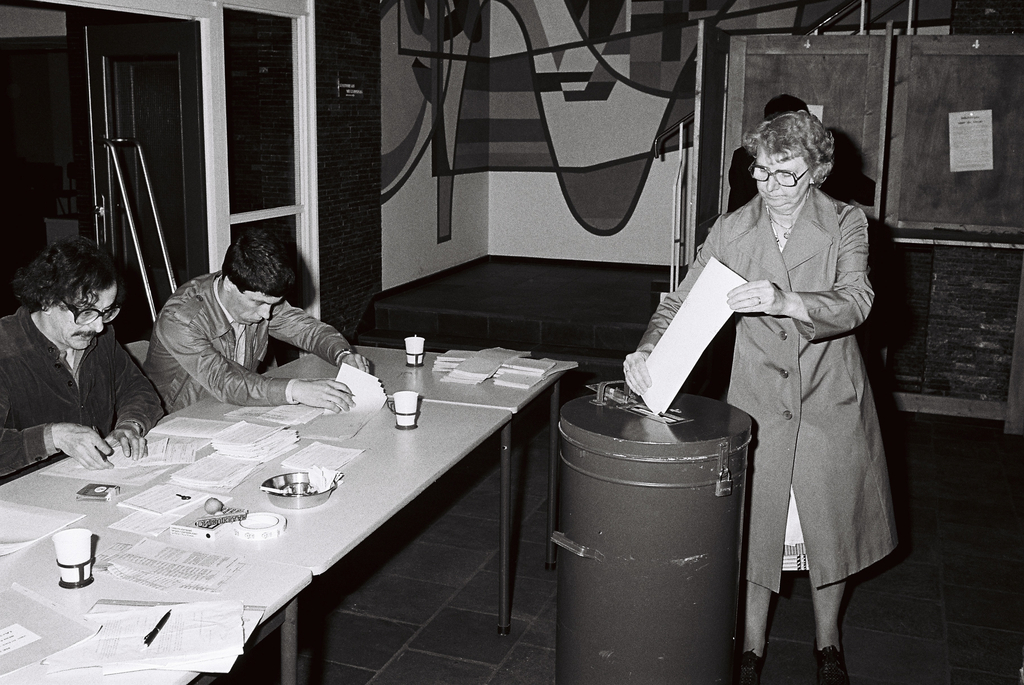On 18 April 1951, Belgium, France, the Federal Republic of Germany, Italy, Luxembourg and the Netherlands signed the Treaty of Paris to create the European Coal and Steel Community (ECSC), the forebearer of today’s European Union. As these countries emerged from the Second World War, three aspirations motivated their signing of this Treaty: peace, prosperity and the idea of Europe. At the instigation of France and Germany, all those countries interested in joining formed a common coal and steel market to start putting these ideas into practice.
What's in the Archives
The documents kept in the Archives cover the work of parliamentary committees, subcommittees and working groups, the proceedings of plenary sittings, meetings of the governing bodies of the Assembly and relations with the Consultative Assembly of the Council of Europe.
Most of the work of the Assembly was based on reports drawn up by parliamentary committees dealing with problems relating to the steel and coal industry such as production, investment, market conditions, social protection for workers and minors, transport, trade policy, supply problems, competition, mergers, taxation and tax systems.
The ECSC and the Treaty of Paris
The Treaty of Paris created the following institutions:
- The High Authority, which was the collegiate and supranational executive body that would become the European Commission. It was assisted by a Consultative Committee which represented producers, workers, consumers and dealers and its work would later be merged into the European Economic and Social Committee.
- The Common Assembly, which was the deliberative body that would become the European Parliament
- The Special Council of Ministers, an executive body to align the work of the High Authority with that of the governments responsible for their own countries’ general economic policy. This later became the Council of the European Union
- The Court of Justice, the body responsible for the Community’s administrative jurisdiction and an international court, now the Court of Justice of the European Union.
After the Treaty had been signed, the Six then had to resolve the practical question of where these institutions should have their seats. In the absence of a definite agreement, Luxembourg agreed to host the High Authority, the Special Council of Ministers and the Court of Justice, while the seat of the Common Assembly was established in Strasbourg.
Bringing together European communities: the Treaties of Rome
In 1957, a single Assembly for the three Communities (ECSC, European Economic Community and Euratom) was established by the Treaties of Rome, building on the experience accumulated by the ECSC Common Assembly since 1952. The Assembly met for the first time on 19 March 1958 and adopted the name of European Parliamentary Assembly. On 30 March 1962, it decided to change its name to European Parliament, though this decision would only be ratified by Member States’ governments in the 1986 Single European Act.
 A general overhead view of the crowd gathering outside the city hall in Rome, Italy, 25 March 1957, during the signing ceremony. Rain was pouring, so umbrellas were up. (AP Photo/Walter Attenni) © The Associated Press / EC / EP
A general overhead view of the crowd gathering outside the city hall in Rome, Italy, 25 March 1957, during the signing ceremony. Rain was pouring, so umbrellas were up. (AP Photo/Walter Attenni) © The Associated Press / EC / EP
The Members of the Assembly were still appointed by national parliaments. However, with 142 members, the number of Members was almost double that of the ECSC Common Assembly. This number would later rise to 198 when the United Kingdom, Denmark and Ireland joined in 1973. Members continued to be organised into transnational political groups. The Assembly had its seat in Strasbourg, while its secretariat remained in Luxembourg. The specialised committees gradually made Brussels their usual meeting place so they would be closer to the executives of the new Communities.
The competences of the European Parliament evolved to give it greater influence and visibility, alongside continuous efforts for its Members to be elected by direct universal suffrage. For the European Parliament, further political capacities and democratic legitimacy went hand in hand. Several resolutions were adopted calling for the Assembly to be elected. A definitive agreement was finally adopted by the Council in 1976 and the first European elections were held in June 1979. The European Parliament thus became the first democratically elected international parliamentary assembly.
 First direct elections to the European Parliament 1979 © European Communities 1979 – European Parliament
First direct elections to the European Parliament 1979 © European Communities 1979 – European Parliament